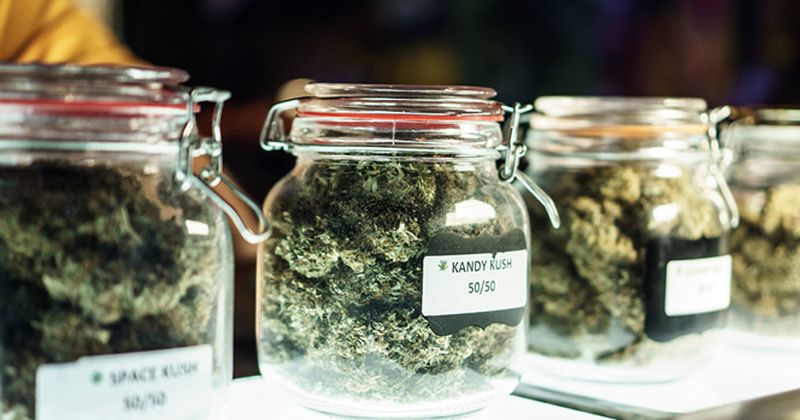Driving performance worse after smoking cannabis but improves within several hours
Impaired driving performance after smoking cannabis appeared to resolve within 4 hours, 30 minutes in most individuals, according to a double-blind, placebo-controlled parallel randomized clinical trial in JAMA Psychiatry.
“Questions remain regarding the magnitude and time course of the effects of cannabis on those most likely to be on the road, as well as the effect of different product THC amounts,” Thomas D. Marcotte, PhD, of the department of psychiatry and co-director of the Center for Medicinal Cannabis Research at the University of California, San Diego, and colleagues wrote. “While seminal studies examined these questions, most used small sample sizes (eg, <25 participants), low–THC content product within a crossover design, and structured dosing protocols, with some exceptions, for example using an ad libitum approach. Such studies provide critical data regarding THC dose effects but do not reflect real-world use.”

Marcotte and colleagues sought to ascertain the scope and length of driving impairment after smoking cannabis of different THC levels, any effects related to history of usage and associations between impairment and driving performance.
The trial, which was conducted between February 2017 and June 2019 at the Center for Medicinal Cannabis Research at UCSD, included 191 participants (61.8% male, mean age 29.9, mean days of cannabis usage in the previous month 16.7), who were randomly assigned to placebo group (n = 63) or 700 mg cannabis cigarettes comprised of either 5.9% (n = 66) or 13.4% THC (n = 62), and permitted to smoke ad libitum.
Participants could not engage in cannabis use 48 hours prior to training and experimental days, then underwent a 1-hour simulator training session prior to testing.
Composite drive score (CDS) was compiled based on variables during a 25-minute simulation, which was assessed prior to smoking and at multiple junctures post-smoking. Additional measures considered for the CDS were self-perceptions of driving impairment and history of cannabis use. Analysis took place between April 2020 and September 2021.
When compared to the placebo group, cannabis smokers’ CDS scores significantly declined after 30-minute and 90-minute intervals, then improved to insignificant differences by the 3-hour, 30-minute checkpoint before showing no difference after 4 hours, 30 minutes. Despite reporting of hesitancy to drive after smoking, over two-thirds of participants in either cannabis group stated they felt ready after the 90-minute interval despite their respective performances not showing improvement over baseline post-smoking levels.
“A lack of insight regarding driving impairments, particularly at 90 minutes, is of concern, given that users will likely self-evaluate when they feel safe to drive,” Marcotte and colleagues wrote. “The lack of relationship between blood THC concentration and driving performance raises questions about the validity of per se laws.”
The authors identified several study limitations, particularly the lack of comparison with a non-using group, recognizing the lack of uniformity in level of highness when allowing participants to smoke, and the lack of information and effects from controlled dosage. They also acknowledged the study’s results may not apply to infrequent or naïve smokers, older populations, those with medical conditions or to other methods of cannabis ingestion.
In addition, as no data was culled from the 90-minute to 3-hour, 30-minute intervals, there was no clear trajectory on timing of maximum impairment or subsequent recovery period.
